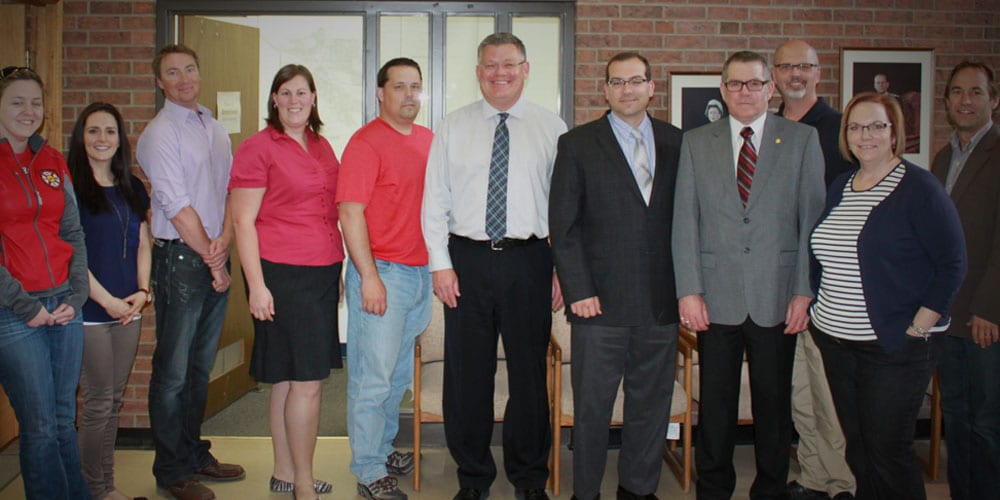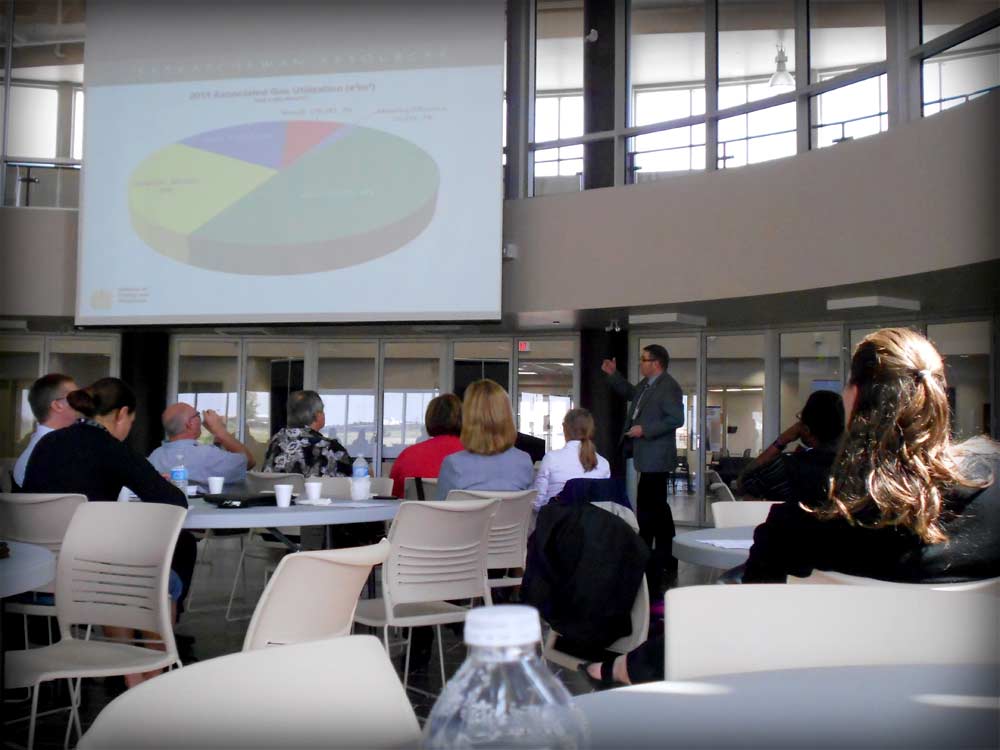SESAA Overview
SESAA is a collaborative group of industry, non-government organizations, government, and private citizens. SESAA was established in 2005 with a mandate to collect credible, scientifically defensible air quality data and to make this data available to the public. We also provide a forum for open communication of air quality concerns among all sectors of society. Membership in the airshed association is currently voluntary, with emitting members sharing funding responsibilities for monitoring programs and studies.
Our airshed covers an area of 36,800 square kilometres and includes 45 municipalities in southeast Saskatchewan. Major economic activities in our region include agriculture, power generation, mining, oil and gas, and transportation.
Airshed Objectives
A recent public opinion survey conducted by Arcas and Saskatchewan Environment (March 2005) identified air quality as the second most important environmental issue affecting Saskatchewan residents (respondents rated drinking water quality as their highest priority). To understand and manage ambient air quality, we need to know if our air quality is safe from both a human health and an ecological perspective. This information can help jurisdictions make educated decisions towards air quality management and properly assess the contributing factors to regional air quality. Collecting credible continuous air quality data will aid in understanding and predicting if any short-term incidents or long-term trends may be harmful to the surrounding residents.

- To monitor ambient air quality and evaluate the data to understand contributing factors and evaluate trends.
- To communicate air quality data and information to stakeholders and the public.
To develop a voluntary, locally sponsored strategy for the protection of public health and the local environment. - To involve industry, government, and the public in the development of visions and goals for managing regional air quality.
- To meet regulatory ambient air quality reporting requirements of member industries.
How We Operate

We use a consensus-based decision-making process with fair representation from all sectors of society. Any stakeholder is able to introduce air quality issues to the table for discussion. In the consensus process, decisions are made through unanimous agreement from all stakeholders. Although the wishes of all stakeholders may not be achieved, all parties can live with the final course of action. The consensus-based approach ensures respectful dialogue and encourages creative solutions to which all participants are committed. This approach has worked successfully for several airsheds across Canada. SESAA is the first organization of its kind in Saskatchewan.
Our Operating Principles

Consensus decision-making
A consensus decision-making process ensures respectful discussion and encourages decisions that everyone can live with.

Equity
Fair representation from all sectors of society.

Shared Costs
Program operating costs are shared by member organizations based on an agreed funding formula.

Open communication and information sharing
Regular communications and reporting, and access to real time air quality data via the Internet.

Scientifically Credible Data
Quality assurance and quality control will be maintained.
Benefits of Participation
We believe there are numerous benefits of participating in the airshed. Along with the positive impacts for the environment, the benefits of participation include:
- Credible data that facilitate the management of regional air quality.
- Shared program operating costs among emitting stakeholders.
- High public trust high due to the open process and direct public involvement.
- Access to real time air monitoring data via the Internet.
- An effective forum for open discussion.
- Opportunity to build relationships among stakeholders.
- Opportunity to use the program as a tremendous public relations and education tool.


